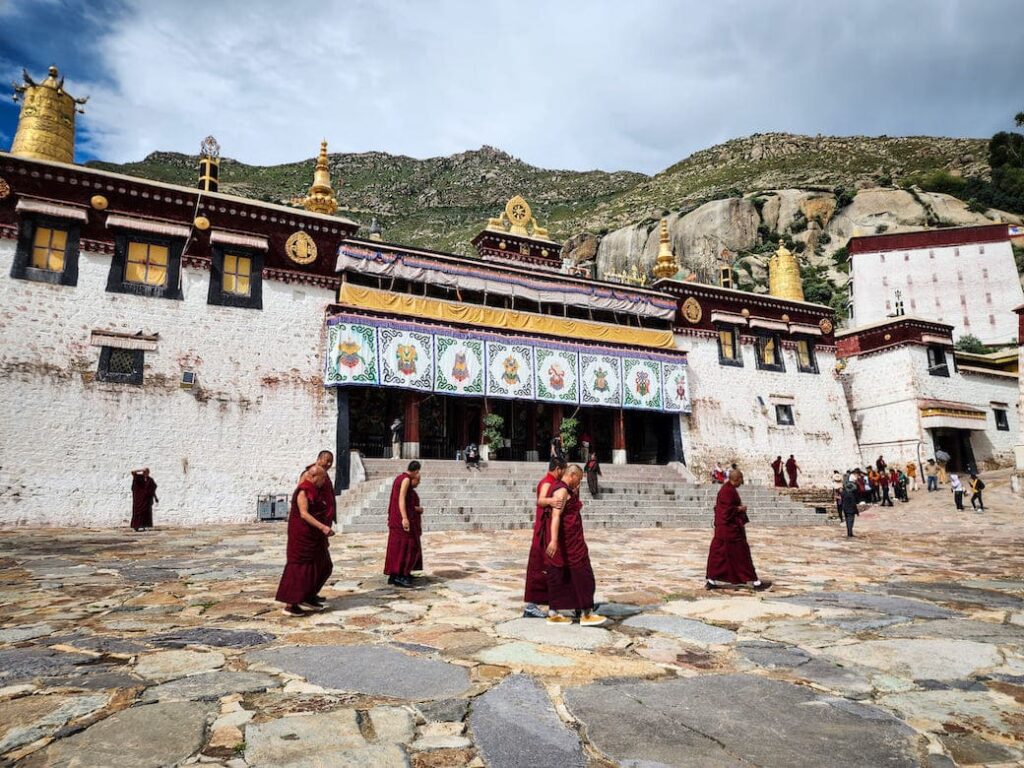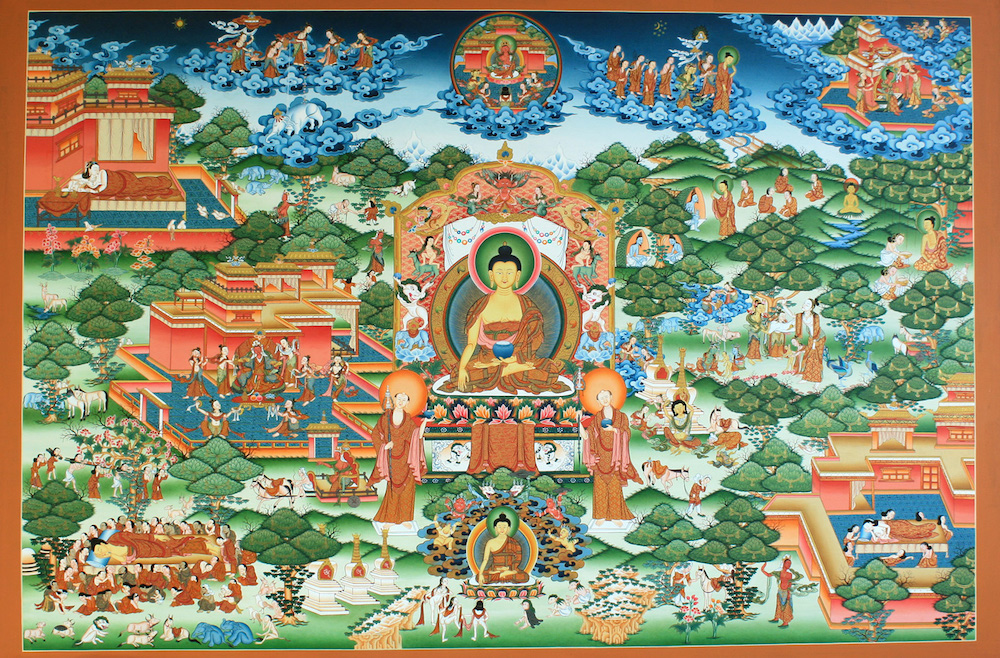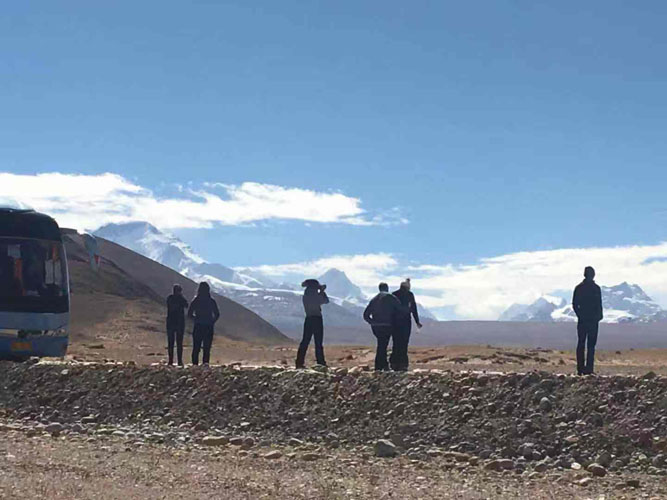Tibet, with its rich cultural heritage and spiritual traditions, is known for its vibrant festivals that celebrate the region’s unique customs and beliefs. While Tibet is a fascinating destination to visit throughout the year, winter is a particularly special time when some of the most famous festivals take place. In this blog post, we will explore the most renowned festivals in Tibet during the winter season.

Losar – Tibetan New Year
Losar, the Tibetan New Year, is the most important and widely celebrated festival in Tibet. Falling between late January and early March, Losar marks the beginning of the Tibetan lunar calendar. The festival is a time for family gatherings, feasting, and religious ceremonies. Monasteries are adorned with colorful decorations, and locals dress in traditional attire. The highlight of Losar is the Cham dance, a sacred masked dance performed by monks to ward off evil spirits and bring good fortune for the coming year.
Monlam – The Great Prayer Festival
Monlam, also known as the Great Prayer Festival, is a significant religious event in Tibet. Celebrated in February, Monlam is a time when monks and devotees come together to offer prayers and perform rituals for the well-being of all sentient beings. The festival takes place in Lhasa and other major monasteries across Tibet. Monks engage in chanting, meditation, and the display of religious artifacts. The atmosphere is filled with devotion and spiritual energy, making it a truly awe-inspiring experience.

Butter Lamp Festival
The Butter Lamp Festival, also known as Chunga Choepa, is celebrated on the 15th day of the first Tibetan month, which usually falls in February. This festival is a visual spectacle as thousands of butter lamps are lit in monasteries, temples, and homes across Tibet. The flickering lights symbolize the dispelling of darkness and the spreading of wisdom. The festival also includes colorful processions, traditional dances, and the creation of intricate butter sculptures.
Saga Dawa – Birth, Enlightenment, and Parinirvana of Buddha
Saga Dawa is a month-long festival that commemorates the birth, enlightenment, and parinirvana (passing away) of Buddha. Celebrated in May or June, depending on the Tibetan lunar calendar, Saga Dawa is a time for pilgrimage and religious observance. The most significant event during Saga Dawa was the circumambulation of Mount Kailash, a sacred mountain revered by Buddhists, Hindus, and Jains. Thousands of devotees embark on this challenging trek to gain spiritual merit and cleanse their sins.

Ganden Thangka Festival
The Ganden Thangka Festival is held at the Ganden Monastery, one of the three great monasteries in Tibet. Taking place in June or July, this festival showcases a giant thangka (religious painting) of Buddha. The thangka, measuring several stories high, is unfurled on the mountainside, and devotees gather to offer prayers and receive blessings. The festival also includes religious ceremonies, mask dances, and traditional Tibetan performances.
Conclusion
Tibet’s winter festivals offer a glimpse into the region’s rich cultural heritage and spiritual traditions. From the vibrant celebrations of Losar and Monlam to the mesmerizing Butter Lamp Festival and the profound Saga Dawa, each festival has its significance and charm. Attending these festivals allows visitors to immerse themselves in the unique traditions and experience the spiritual essence of Tibet.

If you’re planning a trip to Tibet during the winter season, make sure to check the festival dates and plan your itinerary accordingly. Witnessing these famous festivals will undoubtedly leave you with unforgettable memories and a deeper appreciation for Tibet’s cultural and spiritual heritage.
Remember, if you have any further questions or need assistance with your travel plans, feel free to reach out. Happy festival exploration in Tibet!

[…] expressed through colorful festivals, traditional music and dance, and intricate art forms. Tibet Festivals such as Losar (Tibetan New Year), Saga Dawa, and Shoton Festival are celebrated with great zeal and […]